Don't know where the info is, I gr8ly appreciate any help
jfd986
13 years ago
Related Stories

FUN HOUZZEverything I Need to Know About Decorating I Learned from Downton Abbey
Mind your manors with these 10 decorating tips from the PBS series, returning on January 5
Full Story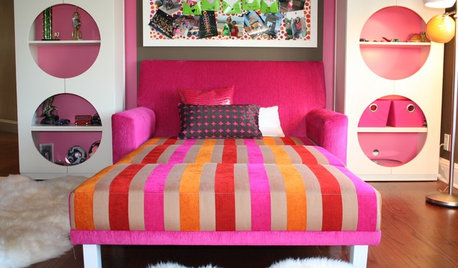
SMALL SPACESDownsizing Help: Where to Put Your Overnight Guests
Lack of space needn’t mean lack of visitors, thanks to sleep sofas, trundle beds and imaginative sleeping options
Full Story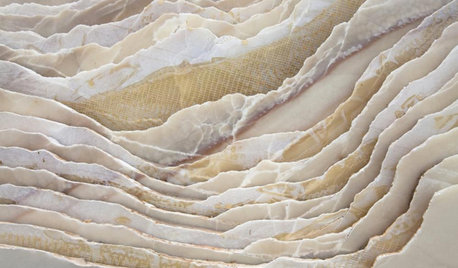
WORLD OF DESIGN8 Things You Didn’t Know About Italian Marble
How did the ancients extract marble? What makes it white or colored? We unearth fascinating facts about this luxurious stone
Full Story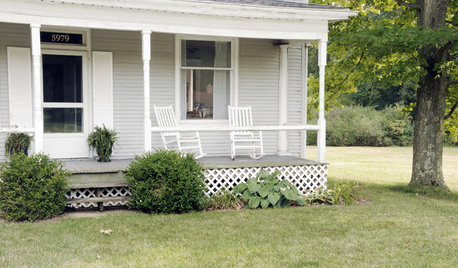
LIFE9 Ways to Appreciate Your House Just as It Is
Look on the bright side — or that soothingly dark corner — to feel genuine gratitude for all the comforts of your home
Full Story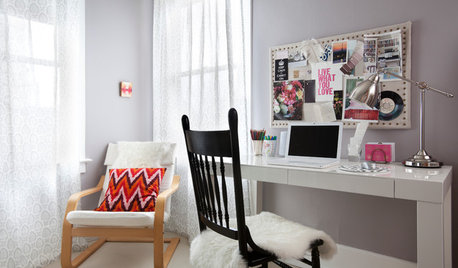
WORKING WITH PROS10 Things Decorators Want You to Know About What They Do
They do more than pick pretty colors. Here's what decorators can do for you — and how you can help them
Full Story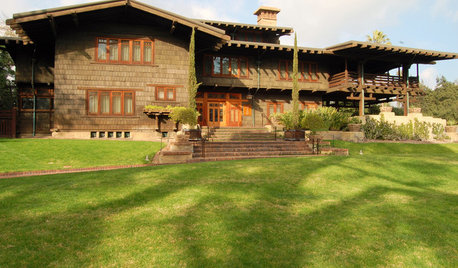
ARCHITECTUREIconic Architecture: 10 Must-Know Modern Homes
These masterpieces of modern architecture are still influencing home design today — see if any elements appear in your own home
Full Story
LIGHTINGWhat to Know About Switching to LED Lightbulbs
If you’ve been thinking about changing over to LEDs but aren't sure how to do it and which to buy, this story is for you
Full Story
HEALTHY HOMEWhat to Know About Controlling Dust During Remodeling
You can't eliminate dust during construction, but there are ways to contain and remove as much of it as possible
Full Story
WORKING WITH PROS8 Things Interior Designers Want You to Know
Get the scoop on certifications, project scope, working from afar and more
Full Story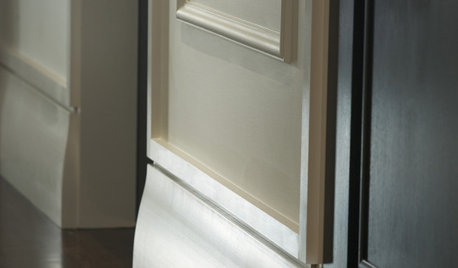
TRIMInterior Trim: 8 Must-Know Elements
Softening transitions and creating a finished look, interior trim for walls, windows and doors comes in many more options than you may know
Full StoryMore Discussions







homehydro
jfd986Original Author
Related Professionals
Derry Landscape Architects & Landscape Designers · Bridgetown Landscape Architects & Landscape Designers · River Forest Landscape Architects & Landscape Designers · Suffern Landscape Architects & Landscape Designers · Brandon Landscape Contractors · Goodlettsville Landscape Contractors · Hilo Landscape Contractors · Hoffman Estates Landscape Contractors · Long Branch Landscape Contractors · Mastic Beach Landscape Contractors · New Braunfels Landscape Contractors · Raleigh Landscape Contractors · Tuscaloosa Landscape Contractors · Washington Landscape Contractors · West Chicago Landscape Contractorsgrizzman
jfd986Original Author
grizzman
jfd986Original Author
bbrush
homehydro
grizzman
jfd986Original Author
homehydro
jfd986Original Author
homehydro